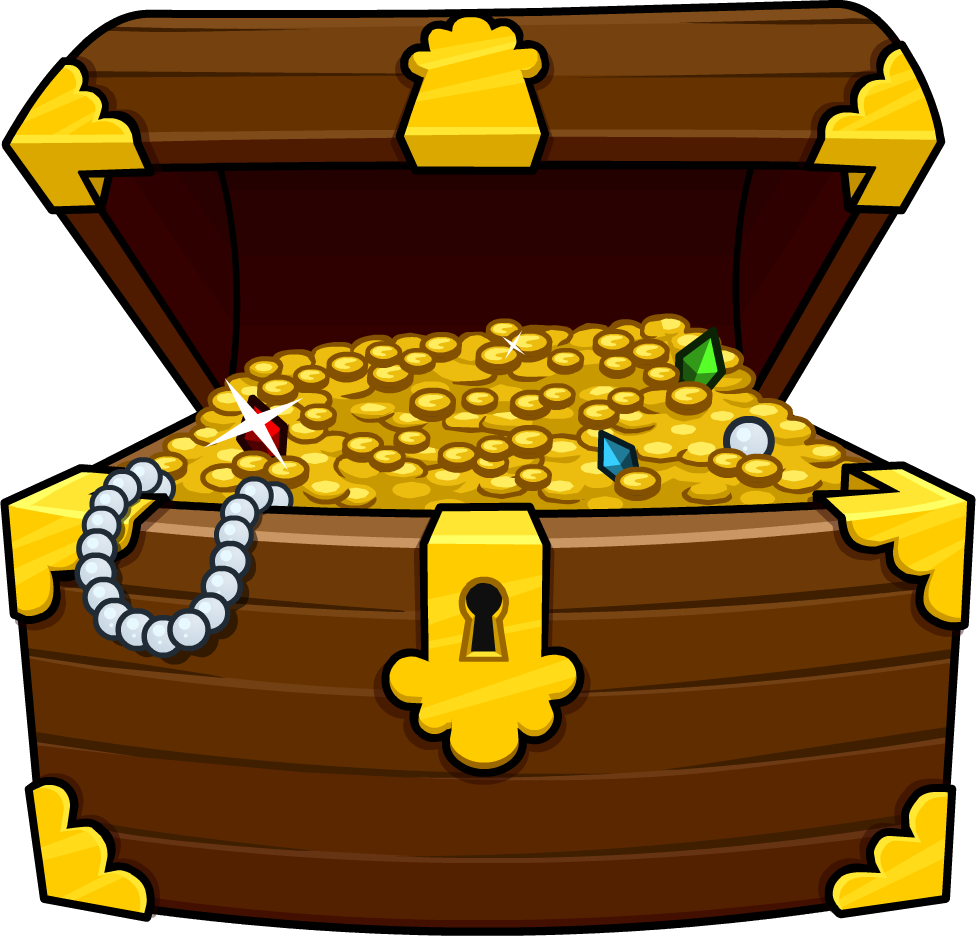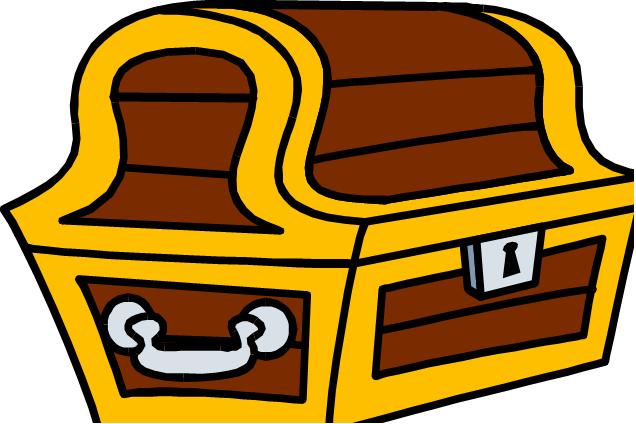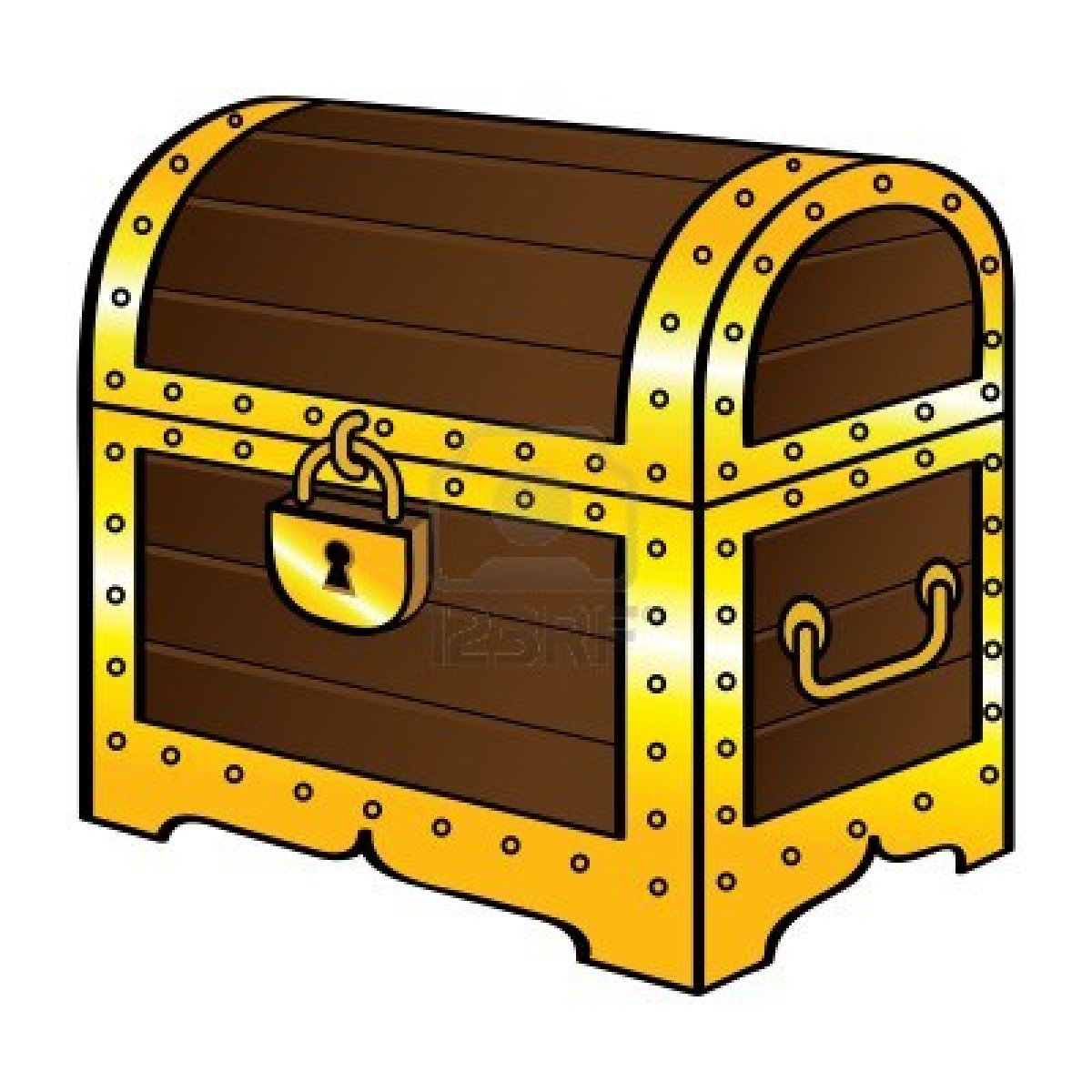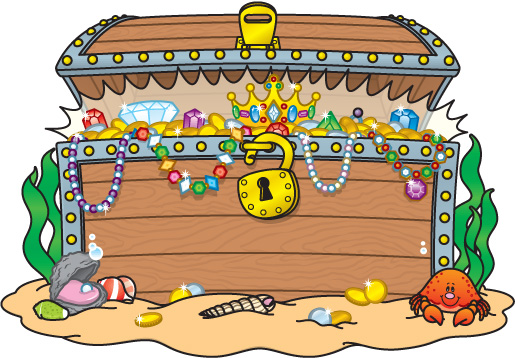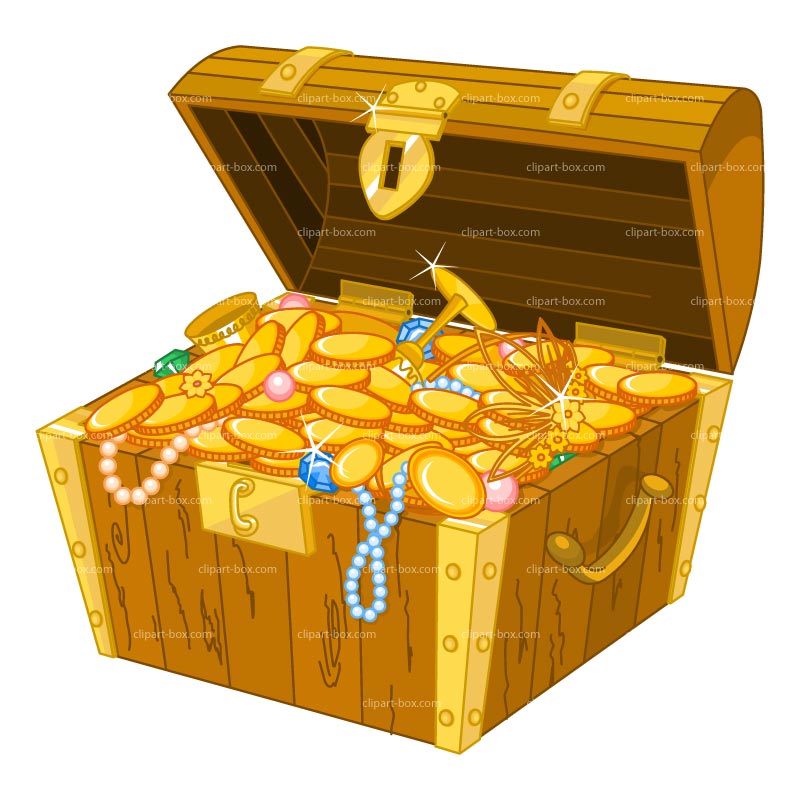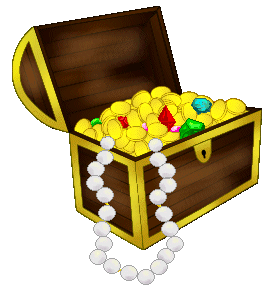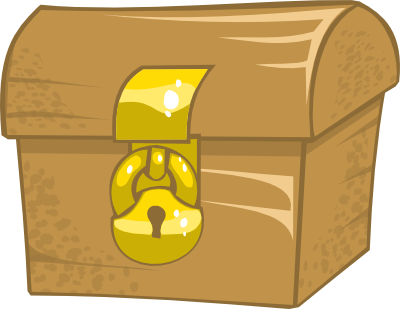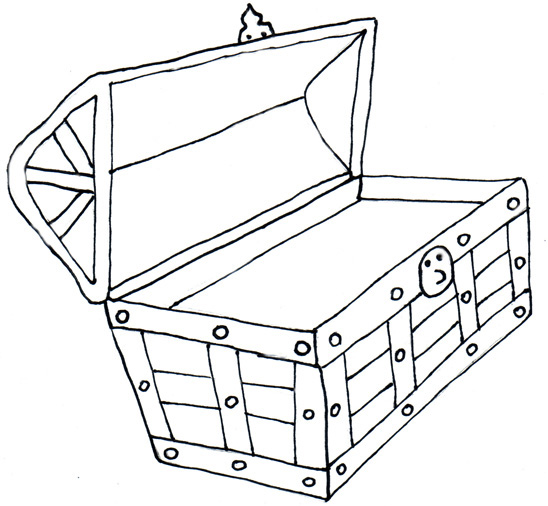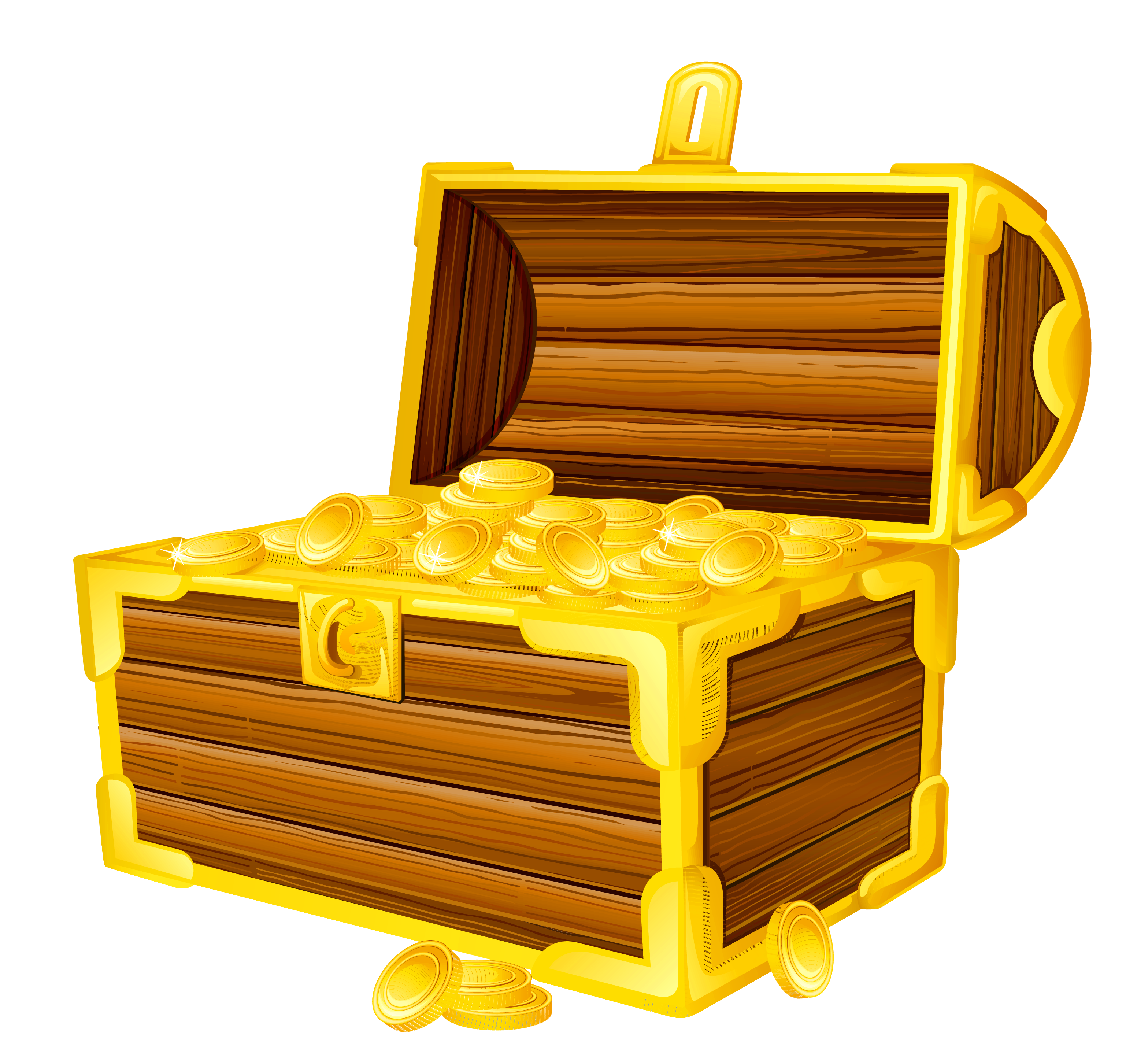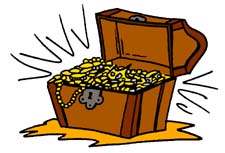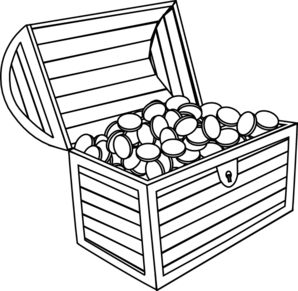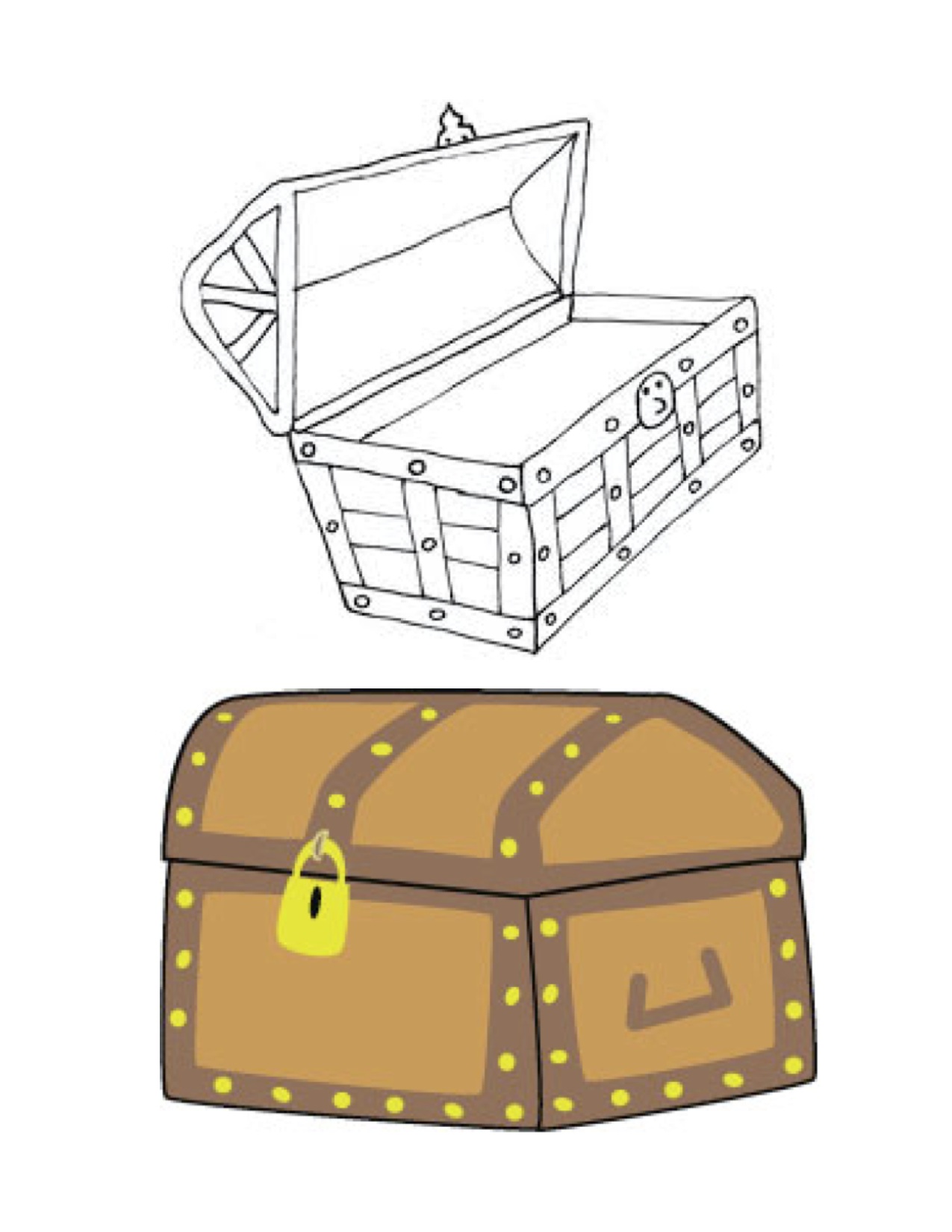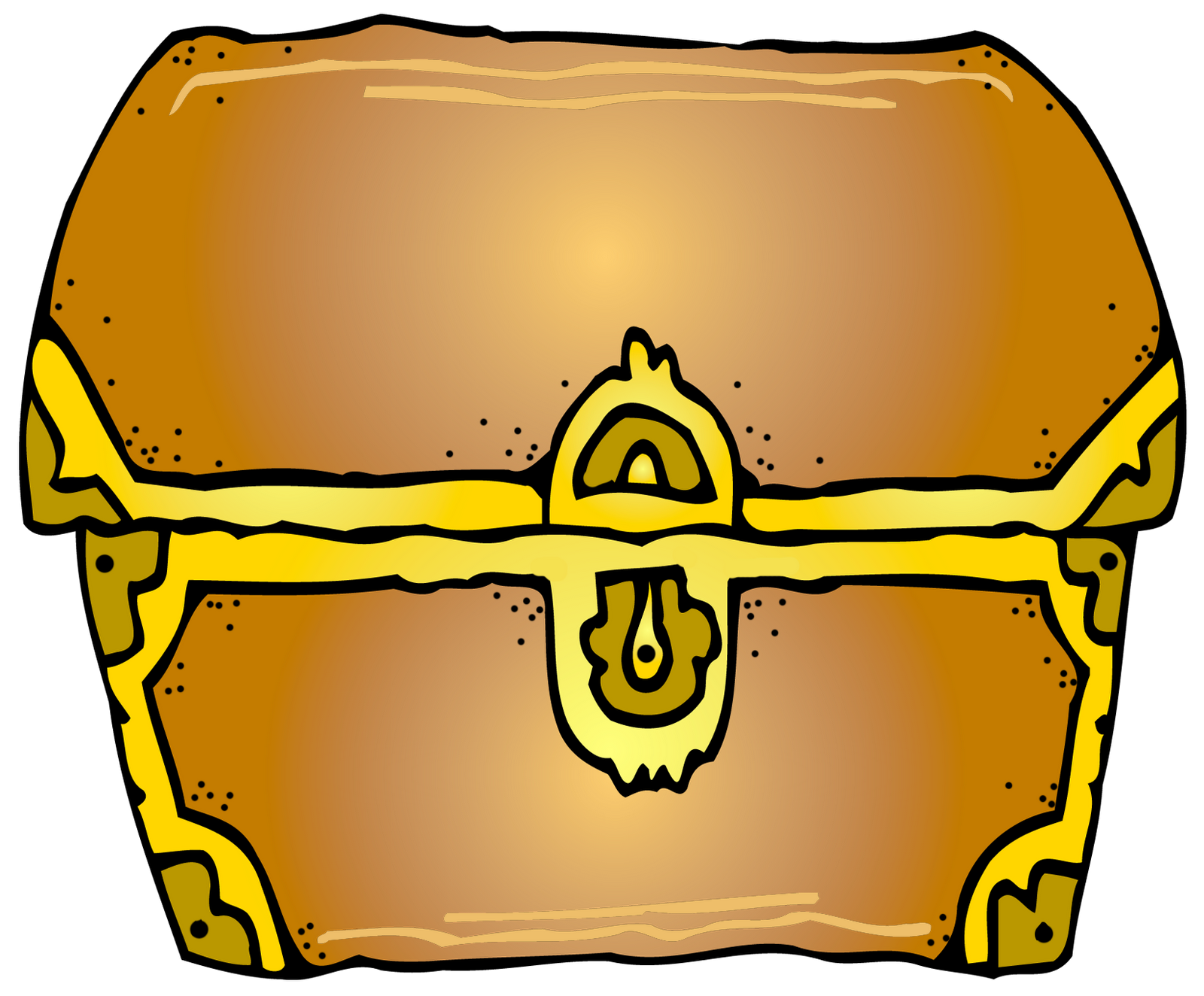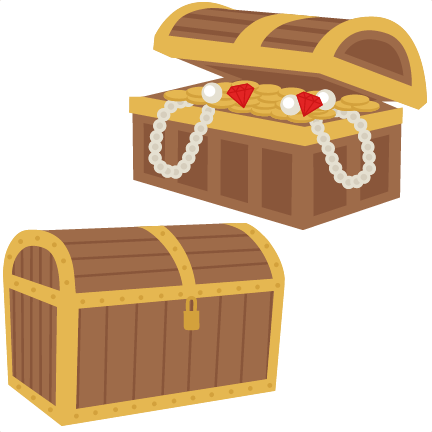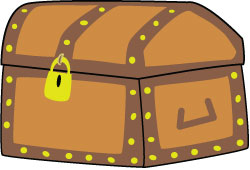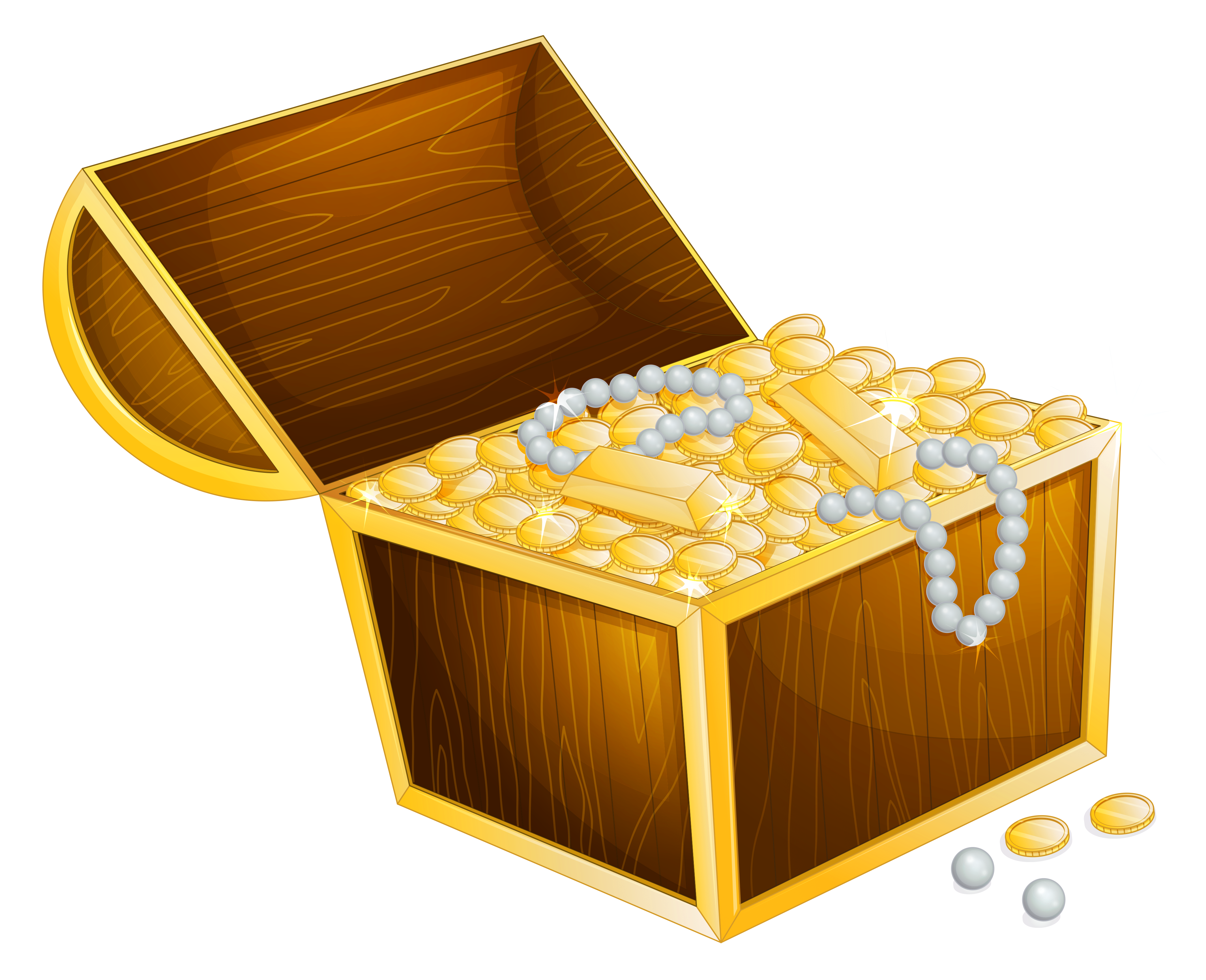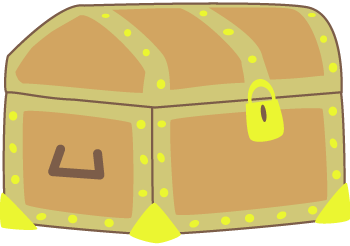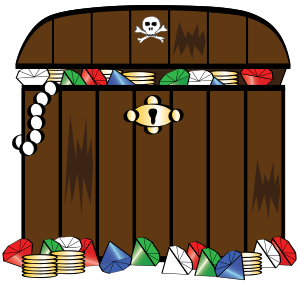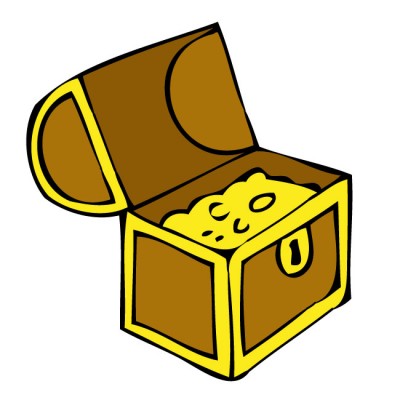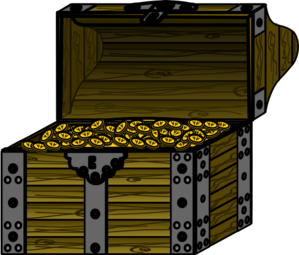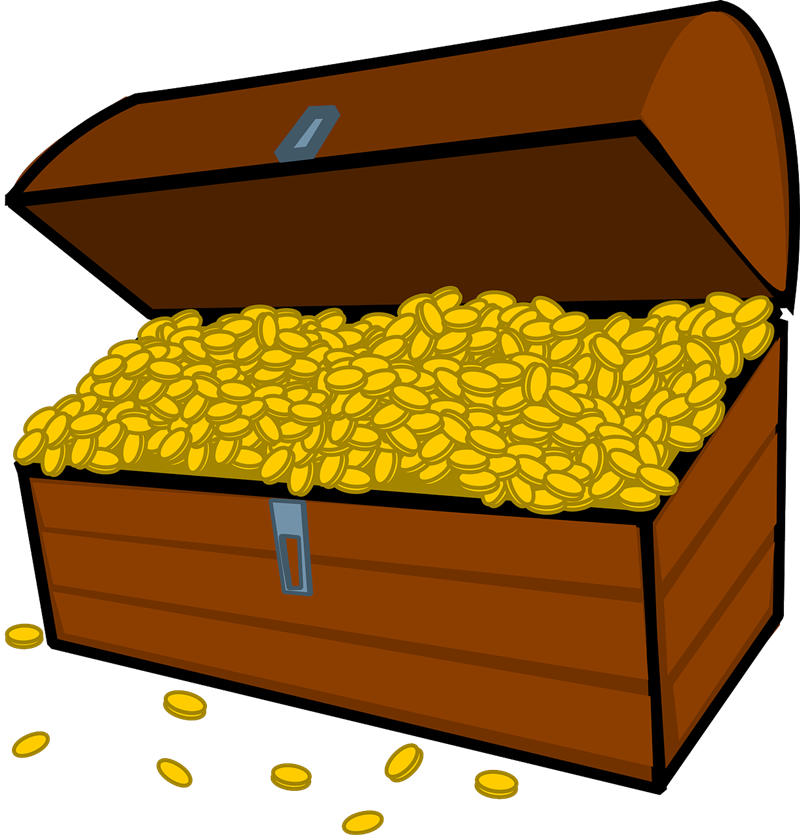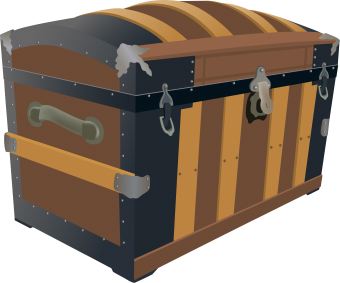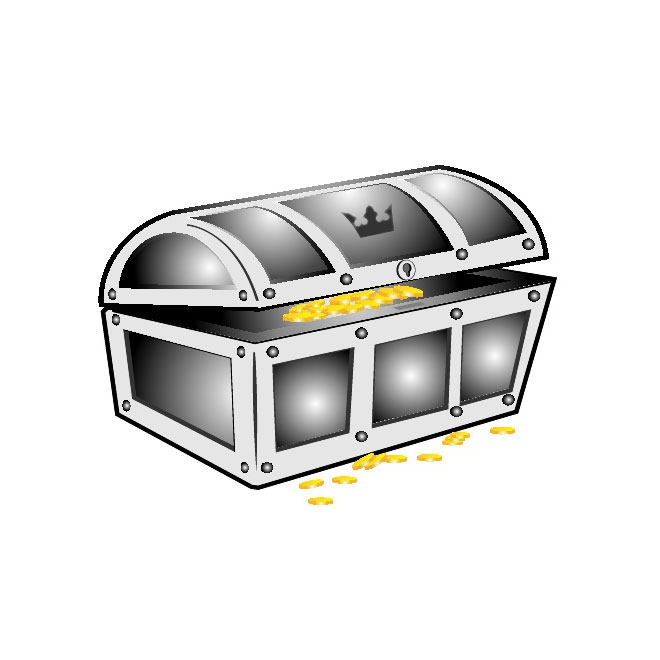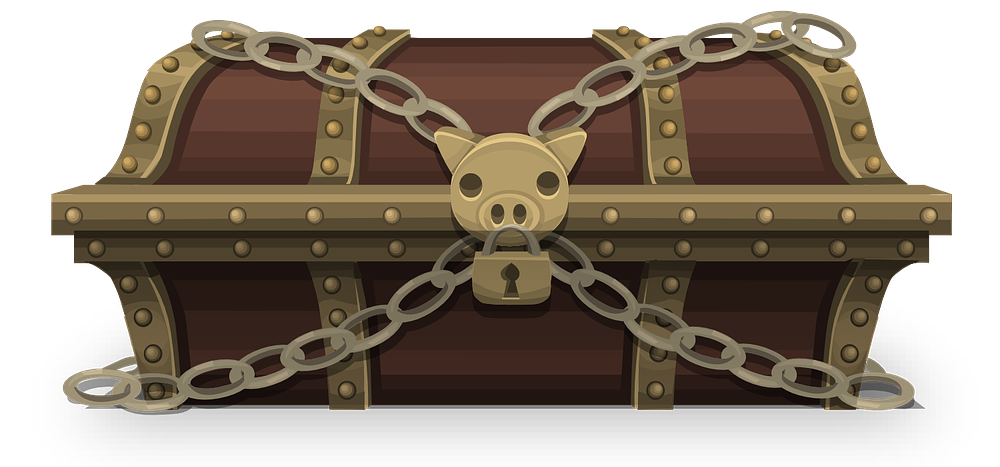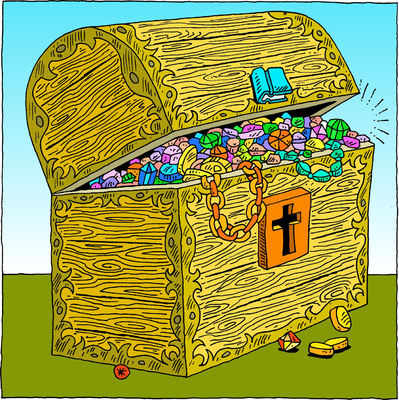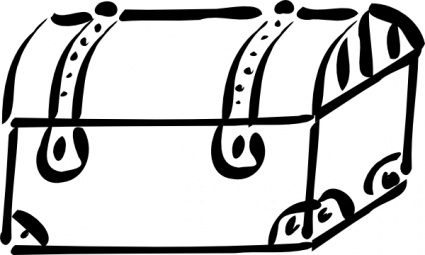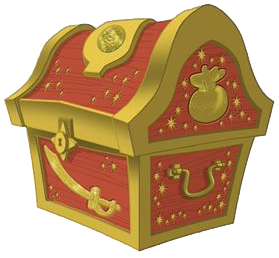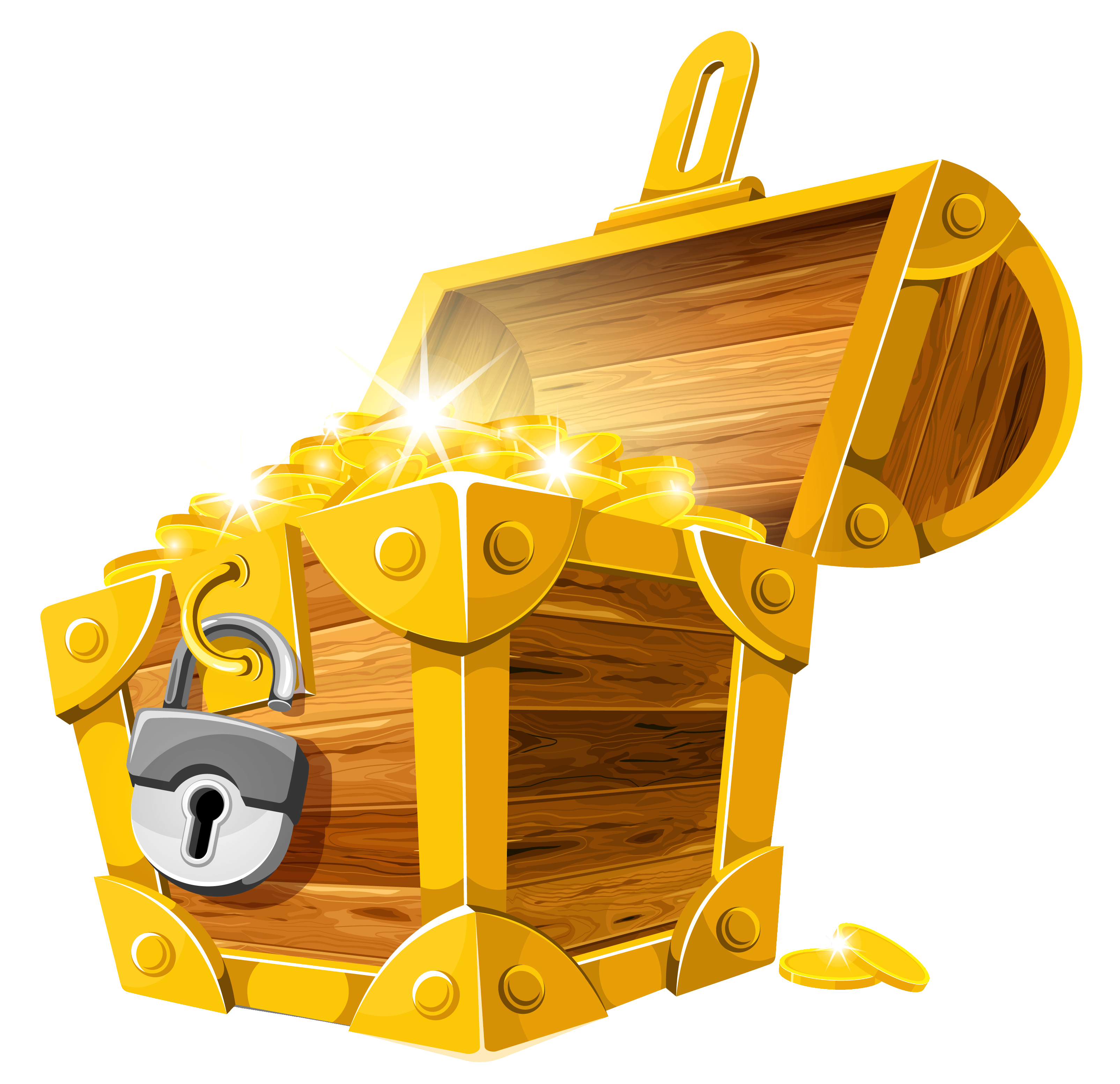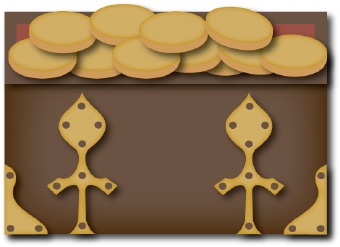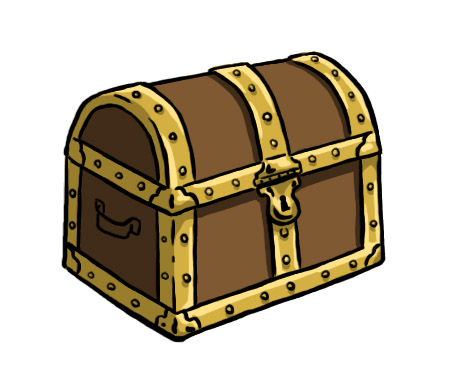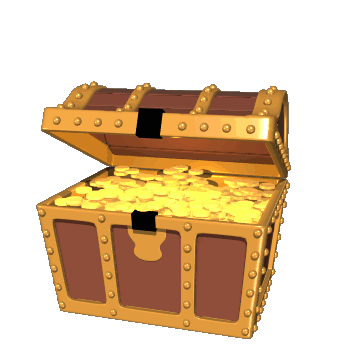Treasure Chest Clipart
Ever since ancient times, humanity has been preoccupied with collecting and safeguarding treasures. Elusive treasure chests brimming with gold, jewels and other riches hold enduring fascination as symbols of mystery, adventure and reward. The image of an old map leading to a buried chest waiting to unlock enough wealth to set one up for life still sparks the imagination.
Pirate lore helped solidify the iconic look we associate with treasure chests today – wooden chest reinforced with metal bands and a sturdy lock, filled with glittering piles of coins, goblets and gemstones. But in reality most historical treasures took less cinematic forms, their fates often left unknown. What other secrets might real treasure chests still divulge? Read on to trace their compelling history and discover related clipart depicting these icons.
History of Treasure Chests
Securing valuables in chests dates far back to ancient strongholds storing luxury goods, artifacts, taxes and religious relics millennia ago. Small lockable wooden or metal chests gained prevalence across medieval Europe to protect growing merchant wares and portability of wealth. Luxuriously decorated chests also served aristocracy.
By the Golden Age of Piracy in the 16th-18th centuries, maritime treasure loot became more standardized in form. Charts marked islands and wreck sites to relocate bounty, while locked oak chests with thick walls reliably concealed pounds of smuggled currency, plate, gems, carvings and more. Abstract modern investments contrast the physicality of such tangible transient treasures.
Today zeal for discovering treasure chests persists undiminished even if seldom fruitful, enriched by tantalizing rare successes. Mel Fisher notoriously spent 16 years on a dream to locate the sunk 1622 Spanish galleon Nuestra Señora de Atocha. In 1985 its motherlode at last surfaced: $400 million USD in Colonial-era silver, gold and emeralds within the shipwrecked hull. Such stories fascinate!
Typical Treasure Chest Features
Evocative literary descriptions established the archetype: wooden chests banded in wrought iron to prevent splitting, housing mounds of gold/silver pieces-of-eight coins, gem-encrusted crosses and chalices, strands of pearls, royal signet rings passed between pirate captains, Mayan jade, loose diamonds and rubies…
These antiques required durability to survive long submerged saltwater before recovery. Locks employed combinations, sockets, or keyholes to deter theft. Smaller chests stayed portable enough for concealing and transporting wealth secretly by ship, wagon or horseback across borders and boundaries of ownership. Larger seized bounty filled the cargo holds of pirate and privateer vessels.
Treasure Chest Interiors
Motley accumulations of valuables reflect the diverse origins of pirated treasures. Historic pirate caches blended Spanish pillar dollars and ducats, English guineas, French Louis coins, pearls traded through India, Italian goldsmith works, Portuguese jewel-hilted daggers, Southeast Asian spice jars containing gems, and Mayan crones with royal symbols indicating significance.
Carved hardwood maps inside lids or false bottoms hid access clues to the next buried riches. Canvas sacks, wooden barrels, and smaller ornate boxes organized piles of glittering coins and rare collectibles worth transporting across the high seas only to be buried again on land or lost in shipwrecking storms. What stories enshroud such items?
Burying and Hoarding Treasure
Why go through immense efforts acquiring loot only to re-bury or sink it after briefly celebrating victory? Pirates needed means to conceal gains from former owners and governments coming to reclaim ships’ seized contents. Remote environs likes islands and coastlines worked well as they stored treasure at far flung spots to be retrieved later once out of imminent danger.
Of course, capture or sinking ships often permanently prevented return to these stashes by their owners. Citizens still occasionally uncover such prize troves today thanks to records and oral legends preserves across generations. Human relish for finding monetary treasure troves persists although legal ownership draws battles. A fun imaginative stretch but complex reality!
Seeking Sunken Treasure Chests
Our oceans may still teem with treasure if excruciatingly hard to pinpoint after centuries underwater. Modern submersibles and metal detectors empower limited renewed quests, though most wreck sites remain untouched and their contents uninventoried. Operations face huge upfront investments, remote uncertain dig locations, convoluted international maritime laws…
But intrigue persists! Occasional triumphant finds like the S.S. Central America’s Gold Rush-era shipwreck treasure in 1987 sparked an upsurge in recovery projects. Techniques improve annually. Dedicated explorers continue launching missions to locate elusive chests in dangerous depths. Who knows what fabled riches or historical insights these sunken treasures might unveil?
Treasures in Famous Literature
Fictional tales of treasure chest discoveries have long captured popular imagination. Robert Louis Stevenson introduced the quintessential pirate treasure map in Treasure Island leading to buried pirate loot. J. M. Barrie created the memorably named Captain Flint whose hoards and adventures later inspired the Pirates of the Caribbean series.
Hidden gold loaded onto old ships, sealed away in remote caves secured by puzzles, tropic island utopias fueled by piracy, secret stashes with coded signposts – adventure stories offer boundless creativity limited only by authors’ imaginations. The quest for treasure bursts expectancy of not just wealth but mystery and thrill.
Types of Treasure Chest Clipart
Cliparts showcase fanciful interpretations: wooden sea chests with golden trim bands overflowing with gems, pearls and golden objects intermingled. Maps with skull & crossbones markers pinpoint tropical islands. Pieces of eight silver coins glint among the piles of rubies and goblets with colored glass resembling jewels. Fonts imitate calligraphy promising fortune for those locating the stash.
Other clips offer more photo-realistic views of actual antique chests in various states: intact, broken open with clues tumbling out, exhumed on beaches with a patina of age, ornate carving details or keyholes prominent, even x-rays revealing items buried under sand in chests. Their atmosphere of tangibility intrigues.
Using Treasure Chest Clipart
Pirate motifs never go out of style, especially for children’s designs. Graphics playing to fantasy like wizard towers, dragons and fairy woodlands pair well with buried treasure chest images. Use clipart chests in crafts projects like party invitations, school worksheets, costumes, or event signage.
For professional designers and publishers, incorporate vintage map & travel markings alongside chest graphics to relay tropical vibrance and sense of adventure in posters, advertisements, book & music cover art or motivational presentations. Allow clipart chests to infuse thrill-seeking discovery into your branding!
In this page clipartix present 61 treasure chest clipart images free for designing activities. Lets download Treasure Chest Clipart that you want to use for works or personal uses.


